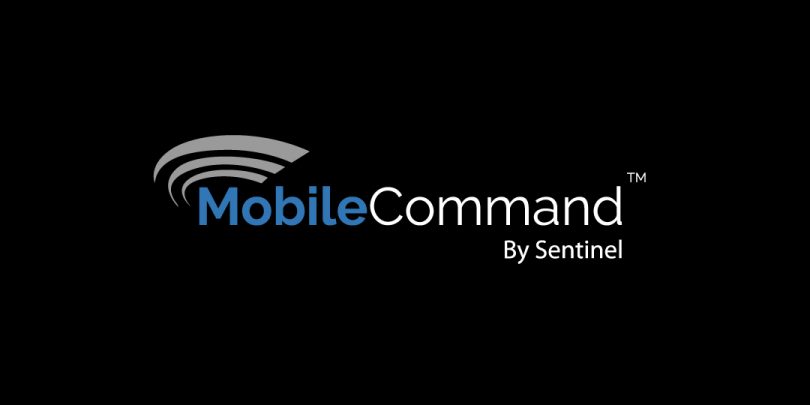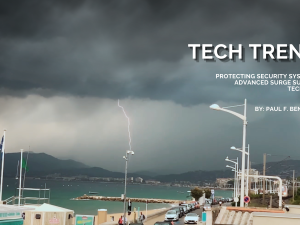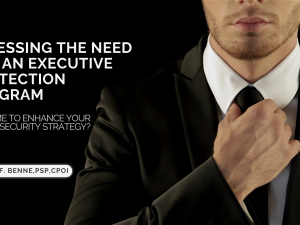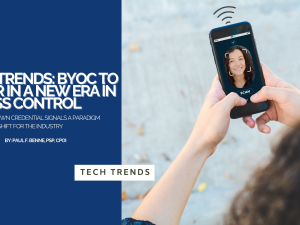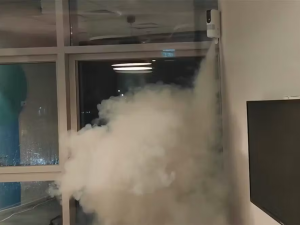Executives, celebrities, politicians, and high-net worth individuals face everyday security challenges unlike the rest of us. Threats to their safety and privacy can interfere with their work, daily life, and personal brand. Their participation—or mere presence—at large-scale events elevate that risk. In such situations, executive protection services tasked with keeping their clients safe face a logistical nightmare.
VIPs may be targets of stalkers, protesters, the paparazzi, and other bad actors seeking to do harm. Security teams need the tools to maintain situational awareness and facilitate command and control wherever heightened protection is called for. It’s a tall order.
Public events like parades, political rallies, sporting events, speeches, and performances, as well as private affairs, like the weddings and funerals of the rich and famous, occur in locations that are difficult to secure. Coverage must often span massive areas. Threats can come from any direction, including overhead and far beyond the event’s official perimeter.
Event security is focused on maintaining a secure environment for the public at large. Meanwhile, executive protection services must stand up separate command and controls dedicated to keeping their clients safe.
Deploying a dedicated command and control is expensive, as it must be equipped with much of the same technology as a permanent security operations center (SOC). Plus, it must provide reliable and redundant connectivity to all systems and devices utilized across the event site without the benefit of a permanent infrastructure.
Public sector dignitaries have protective details equipped to mount exhaustive security operations on their behalf. The U.S. Capitol Police, Secret Service, federal, and state agencies each have an abundance of resources, including a fleet of mobile command vehicles ready to deploy to protect dignitaries and politicians. The private sector does not. Unless such individuals face a specific threat against them, they typically must pay for their own security.
Fortunately, a new option has recently entered the security marketplace: mobile command as a service (MCaaS). Just as VIPs may invest in fractional jet ownership, MCaaS provides access to a fully equipped, state-of-the-art mobile command vehicle for a specified number of engagements per year.
When comparing services, here’s what stakeholders should consider.
What Technologies Are Included?
To approximate the command-and-control systems utilized by public sector dignitaries, an MCaaS solution should include an array of integrated security technologies from best-in-class manufacturers. Look for:
Video surveillance
Video analytics
Aerial drone surveillance
Drone detection
Gunfire detection
Perimeter protection
Real-time weather monitoring
Social media monitoring
Communication systems are equally important. A fully equipped mobile command should offer the following:
VoIP telephones
2-way radios
Cellular PTT radios
Satellite telephone, TV, and radio
Satellite and cellular data
Public address systems
The service should include the deployment of temporary cameras and other devices across the event site. Coverage should extend to broad perimeter monitoring, while placing an emphasis on areas where the client is most vulnerable, such as the green room, stage, and any walkways the client may traverse.
Live monitoring of social media is critical, as it may provide advance warning of potential threats. There should also be communication channels between event security and private security teams. If event security must contend with danger anywhere onsite, private security must have sufficient knowledge to evacuate its charge via the safest route possible
How Is It Deployed?
The “S” in mobile command as a service differentiates today’s new offerings from more traditional rental models. A quick Web search of mobile command rentals will result in rental trailers equipped with communication systems and a workstation for video surveillance monitoring.
MCaaS represents a much broader suite of technologies, plus it includes the expertise of security professionals to assist private details with systems engineering, training, and onsite deployment. They can also attend events, working side-by-side with members of the executive protection service. MCaaS provides high-profile executives, high-net-worth individuals, and celebrities with the same tools and technologies used to protect top-level public sector VIPs.
To ensure the availability of vehicles, MCaaS providers may cap the number of clients they enroll to maintain a suitable client/vehicle ratio. They may also offer services to a limited geographic area, minimizing travel time before an event. An overextended MCaaS provider may not be able to deliver services when needed, negating the value of the investment.
A Paradigm Shift
The security industry’s digital transformation has brought countless new technologies to the market. Unfortunately, they only help the customers that can afford them. Many technology manufacturers have migrated to a recurring revenue model to reduce upfront hardware costs, thus making their cutting-edge solutions accessible to a broader base. Customers benefit from always-current systems that require less maintenance, include free updates, and offer operational expenditure tax advantages.
MCaaS offers similar value propositions, albeit on a grander scale. VIPs, or the executive protection services that protect them, may have previously deemed a fully-equipped mobile command as beyond budget. MCaaS will level the playing field, bringing grade-A resources to the private sector. It’s a paradigm shift whose time has come.
Paul F Benne is the President of Sentinel Consulting and has over 35 years in the protective service industry.

